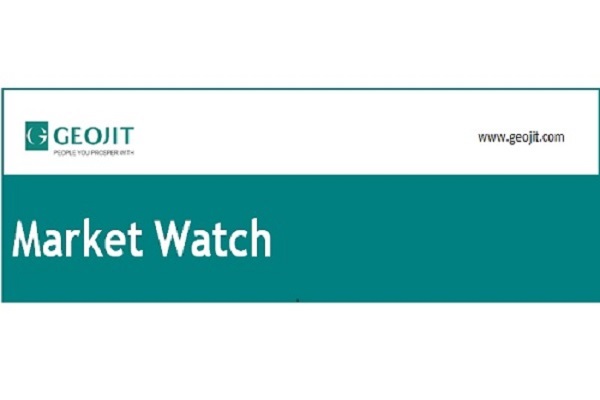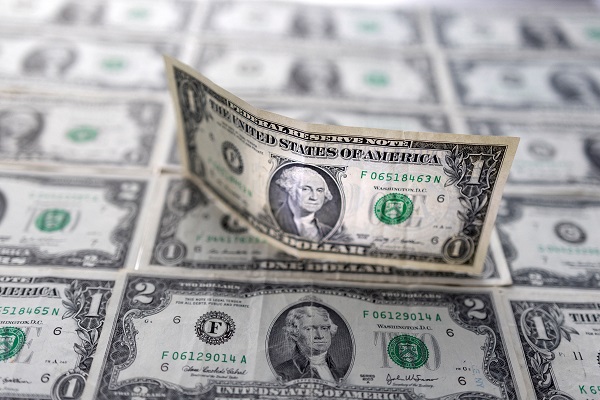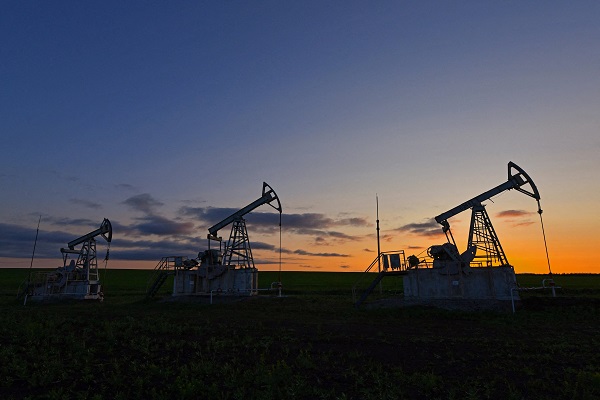More central banks to increase gold reserves within 12 months, WGC survey finds

More central banks plan to add to their gold reserves within a year and more of them expect others to do so as well, due to ongoing macroeconomic and political uncertainty despite high prices for the precious metal, the World Gold Council (WGC) said in its annual survey.
Demand for gold from central banks has been elevated in the last two years as some countries diversify their foreign currency reserves. Their demand contributed to the gold price rally in March-May with the spot price hitting a record high of $2,449.89 per ounce on May 20.
"Despite record demand from the official sector in the last two years, coupled with climbing gold prices, many reserve managers still maintain their enthusiasm for gold," Shaokai Fan, WGC head of central banks sector, said in a statement.
The survey, which was conducted in February-April and included a total of 69 responses, showed that 29% of central banks expected their own gold reserves to increase in the next 12 months.
This is the highest level since the WGC, an industry body whose members are global gold miners, began the survey in 2018 and compares with 24% in 2023.
The WGC said 81% of respondents expected global central bank gold reserves to increase over the next 12 months compared with 71% a year ago.
While in prior years, gold's "historical position" was the top reason for central banks to hold gold, this factor dropped to fifth among WGC survey responses this year.
The top reasons given for the increases now are "long-term store of value or inflation hedge," "performance during times of crisis" and "effective portfolio diversifier."
Some 41% of 58 respondents listed domestic storage as the vaults where their gold reserves are kept, compared with 35% in 2023. However, the Bank of England remains the most popular location listed in 55% of the responses.
Among 57 respondents, 15% said they planned to change custody arrangements for their gold in some way in the next year compared with 6% in 2023. This includes diversifying the overseas storage as well as an increase or decrease of the domestic storage.





_Securities_(600x400).jpg)
.jpg)


.jpg)














